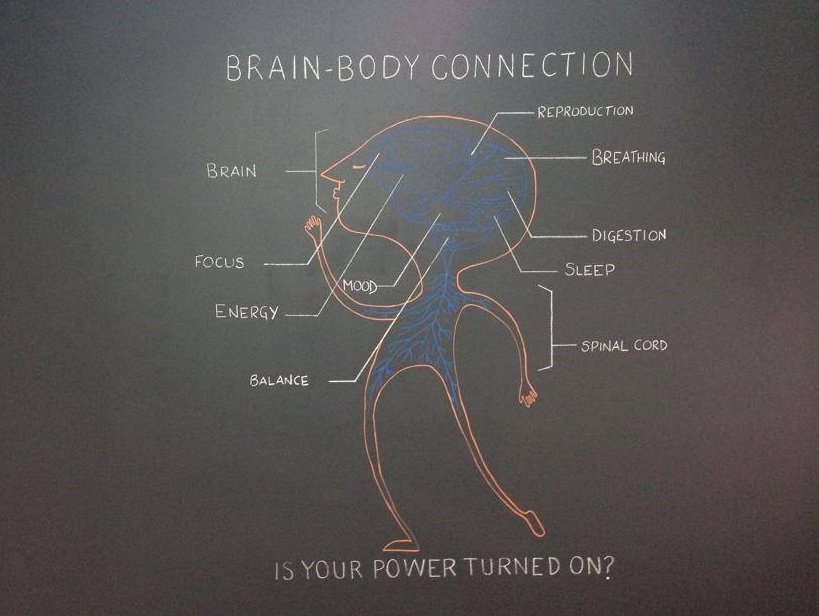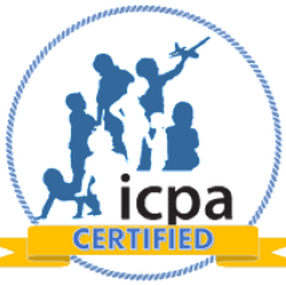How Do You Know If Your Baby Needs an Adjustment?
DID YOU KNOW that structural shifts in the spine can happen from the birth process?
A typical birth can place 60-90 lbs of force onto an infant’s head and neck. While most children are okay, these shifts have been associated with colic, constipation, sleep issues and trouble feeding. Early check ups can help prevent structural shifts from becoming a chronic problem.
So why would a baby need an adjustment? It all starts with our modern birth process. You see, for thousands of years – the vast majority of children brought into this world were done so without the need for intervention and induction. That doesn’t mean that every birth was perfect and non-complicated – but it does mean that 40% or more of them did not end with drugs, anesthesia, and surgical tools. Unfortunately, in our present society – the birth process can often times be the first injury to a baby’s upper neck, cranial area, and spine. In my experience, the greater the amount of intervention during the birth process (induction, forceps, vacuum, C-section, etc.), the greater the likelihood of a significant shift in a newborn’s spinal structure.
When there is strain, tension, pulling and stress placed on the child’s head and neck during the birth process, it very commonly leads to a structural shift. This shift has three parts – misalignment, fixation (“stuck”), and nerve interference/irritation. This will often times lead to secondary conditions (colic, constipation, difficulty feeding) that we see resolve when these misalignments are corrected in infants.
The following are physiological signs of a structural shift in newborns, infants, and toddlers that parents can be on the lookout for:
- Baby always has head turned one way (head tilt)
- Difficulty rotating head or restrictive neck motion in one or more directions
- Apparent discomfort or resistance when touching muscles at base of skull (sub-occipitals).
Hips/Pelvis (sacrum):
- Forward rotation of a hip when holding baby up under arms
- One crease of buttocks higher than the other (deviated gluteal crease)
- Arching of back
- Unequal crawling
Skull (cranial bones):
- Aysmmetry of cranial bones
- Flattened occipital bone (back of head)
- Uneven eye orbits
Pediatric Chiropractic care is gentle and safe. Only light force is needed when adjusting an infant or child’s spine. Imagine the pressure needed to press your pinky finger into a ripe red tomato. It’s important to note that not all chiropractors check and adjust children. I recommend using the ICPA’s website to find a pediatric chiropractor in your area that specializes in dealing with prenatal care, pregnancy, and children.









